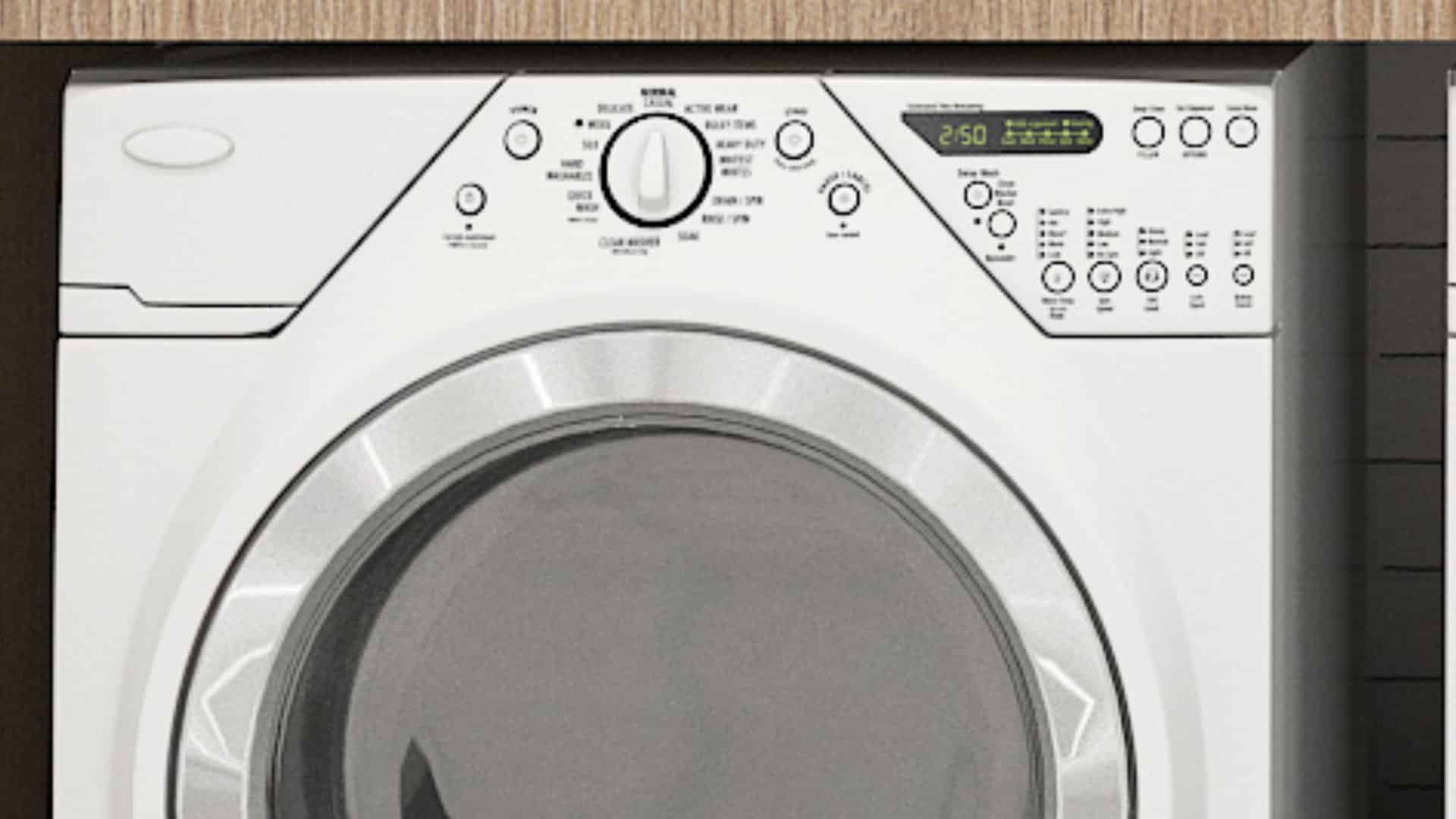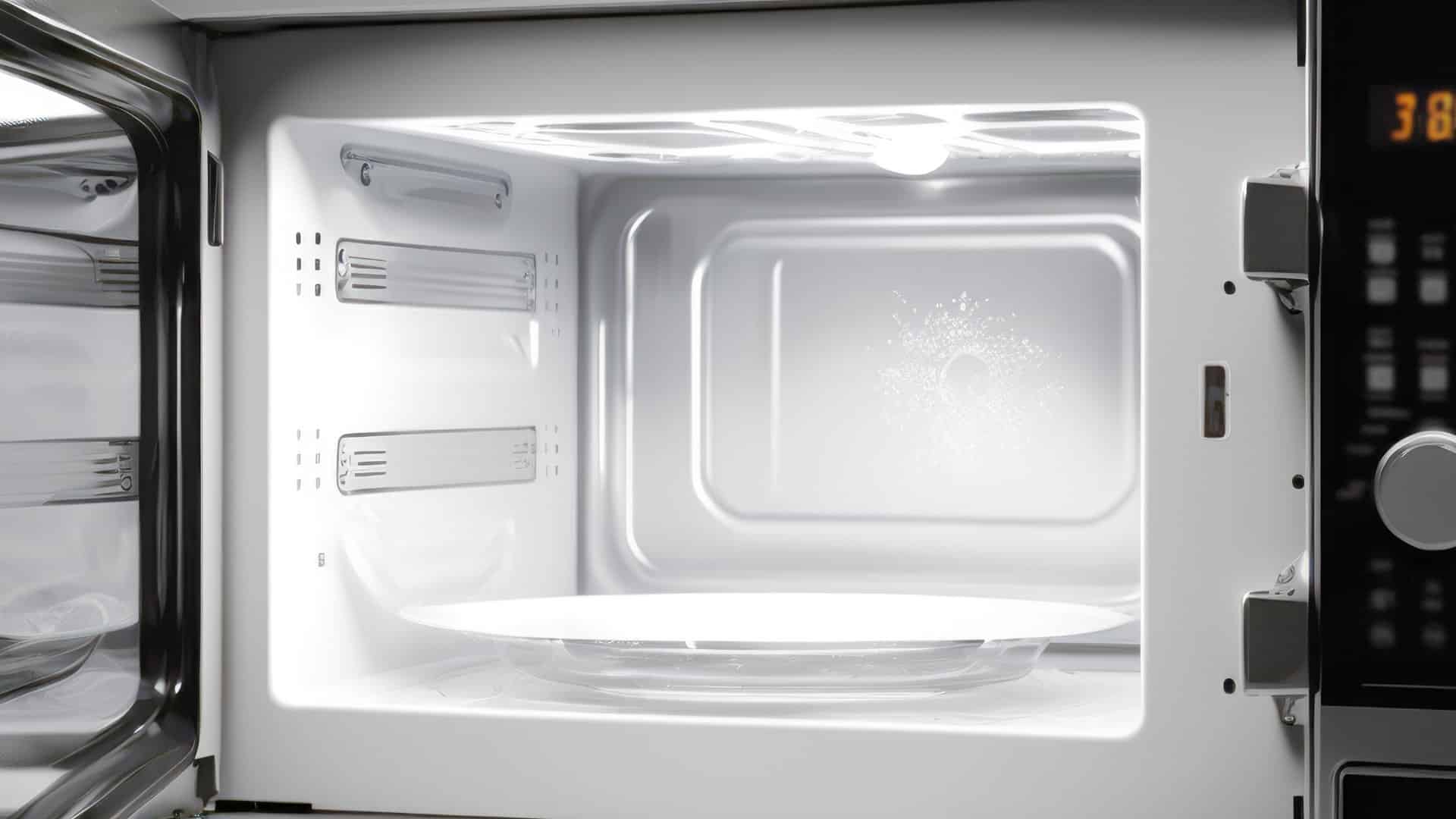
Microwaves are incredibly convenient appliances, but they do have limitations! A few different things are best not to put into the microwave, ranging from certain materials to specific foods. Read on to find out more!
Metal
Everyone knows not to put metal in the microwave, but have you ever wondered why? It’s because of the way microwaves work – when metal is put in a microwave, the oscillation of the microwaves can concentrate the energy at the edge of a metal object, leading to sparks. This is a fire risk and can also damage the microwave itself!
Most people know not to put metal in a microwave, but there are a couple of types of metal that often get forgotten:
Aluminum Foil
Even a tiny scrap of aluminum foil can cause sparking when you put it in the microwave – make sure you check all food carefully for traces of foil before microwaving.
Metal Details on Glass/Ceramics
Metallic paint on glass or ceramics has enough metal particles in it to cause problems in the microwave. Ensure you don’t put anything with gold, silver, or metallic paint into your microwave.
Non-Microwave Safe Glass/Ceramics
Most modern glassware and ceramics are microwave-safe – but not all. You’re particularly likely to run into issues if you’re trying to microwave vintage or second-hand glass or ceramics pieces. These are also more likely to feature metallic-based paints.
To be completely safe, don’t put anything in your microwave that doesn’t say ‘microwave safe’ on the bottom or on the packaging.
If you know the brand of your vintage cookware, you can research it online to see if the brand is microwave-safe. Pyrex, for example, is known to be microwave-safe, so you can feel confident using any Pyrex dishes in your microwave.
Another thing to beware of is glass or ceramics with cracks! Due to the high temperatures inside a microwave, even hairline cracks can lead to the piece exploding – it’s not worth the risk.
Certain Plastics
Several types of plastics are not safe for the microwave. In fact, to be completely safe, we recommend you don’t microwave any plastic that isn’t specifically labeled as microwave-safe. Common unsafe plastics to microwave include:
Styrofoam
Also known as polystyrene, this type of plastic is prone to melting in the microwave. It is also filled with chemicals that can leach into your food during microwaving – definitely not a good idea!
Plastic Bags/Single-Use Plastics
Any plastic bags and single-use food containers should also not be microwaved. These are not designed to stand up to the radiation inside a microwave and can melt and release dangerous BPAs into your food. BPAs are a carcinogen and can also affect hormones and metabolism – not something you want in your food!
Whole Eggs
Anyone who has tried to microwave a whole egg knows this already, but for the uninitiated – microwaving a whole egg leads to an explosion and a very big mess! The heating process causes steam to build up inside the eggshell, pressurizing it and ultimately causing it to explode.
Even more dangerously, on rare occasions, the egg might not explode until you touch it to take it out—spraying the superheated egg everywhere and potentially causing burns.
Whole Spicy Peppers
At first glance, there might not seem to be any issues with microwaving whole spicy peppers – they don’t explode like eggs do. But the issue lies in the vapor – the capsaicin, which makes the peppers spicy, is released into the air during microwaving.
When you open the door, the spicy steam rushes out of the microwave and is breathed in. Think of it like being pepper-sprayed by your own microwave – definitely not an experience you want!
Uncovered Thick Liquids
Ideally, you should be covering everything in the microwave if you want to avoid messes and spills. But thick liquids, like soups or sauces, are particularly important to cover. Due to the consistency of these sauces, they can build up pockets of steam that pop and explode – all over your microwave.
Even more dangerous, one of these pressurized steam pockets can explode just as you open the microwave, potentially spraying you with boiling sauce and causing burns.
Oils
Microwaves work best with foods with high water content. As oil contains no water, only fat, microwaving it is ineffective. All of the microwave’s energy will be directed to the container holding the oil, meaning that the container gets extremely hot – hot enough to burn when touched.
There is an additional risk to microwaving oil in the microwave – if even a drop of water is on the dish or gets into the oil, it can lead to an explosion. The risk just isn’t worth the benefits.
Water
If you’re thinking of using the microwave to heat some water for a cup of tea, think again! This can actually be incredibly dangerous. If the water is pure enough (without many minerals), heating it in the microwave can cause it to become ‘superheated.’
This means it will appear still like it isn’t boiling, but the moment you add something to it, like a spoon or a teabag, it will instantly boil vigorously or, in some cases, even explode! It may take a little more time, but you’ll be safer if you boil your water on the stovetop instead.

How to Fix the nF Error Code on a Samsung Washer
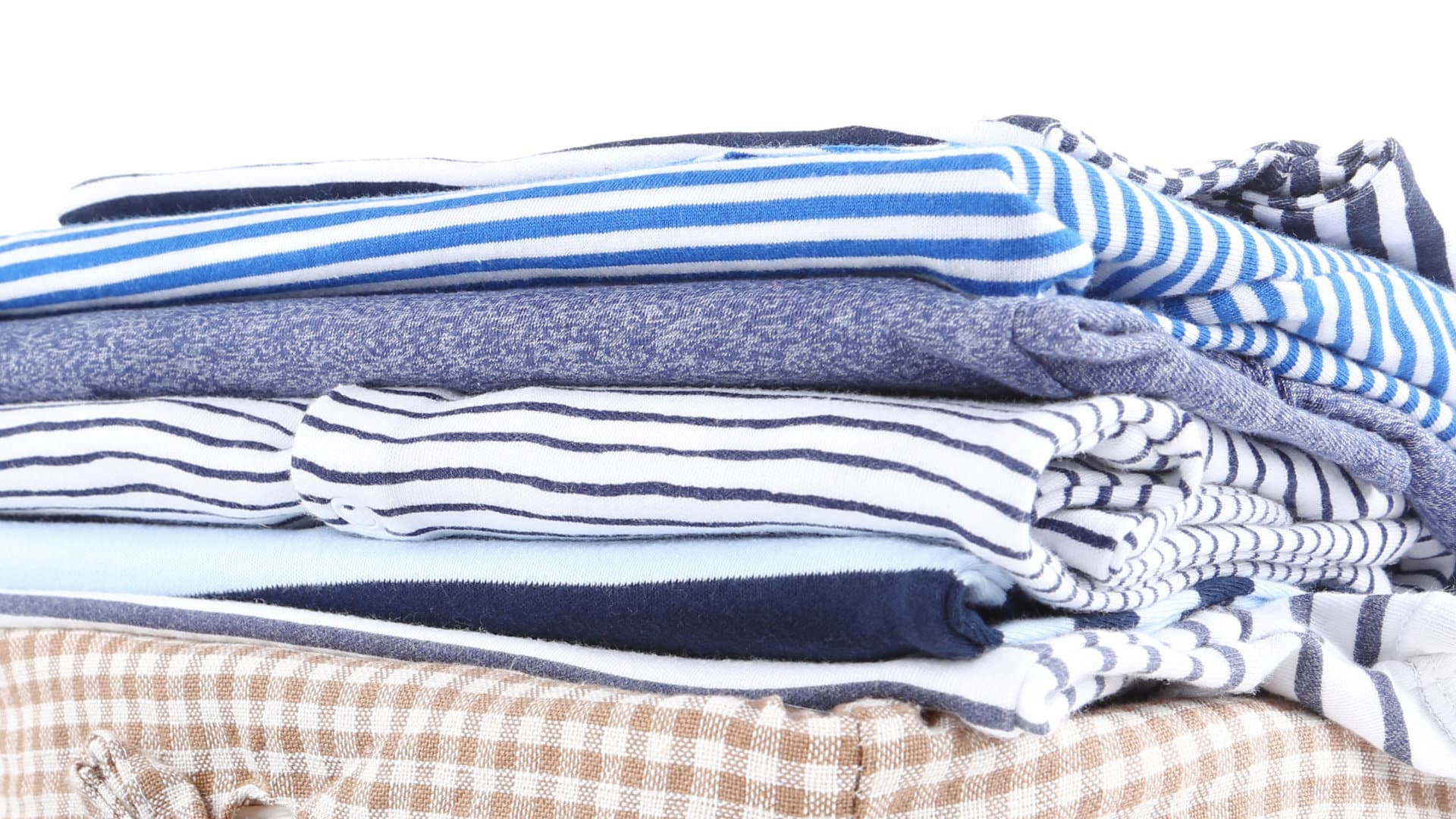
Kenmore Elite Dryer Issues: How To Troubleshoot
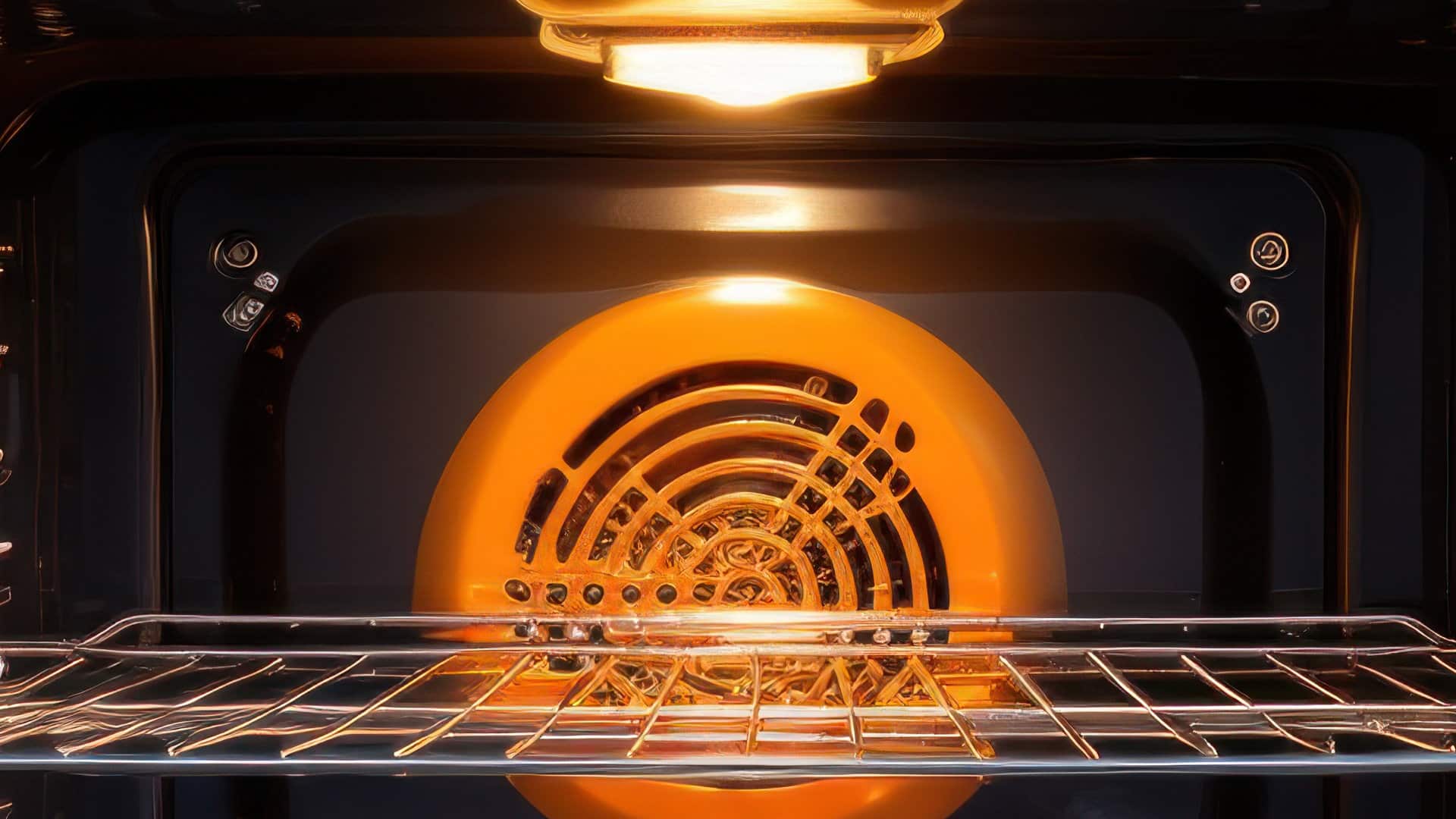
Microwave vs. Oven: Pros and Cons and How They Differ
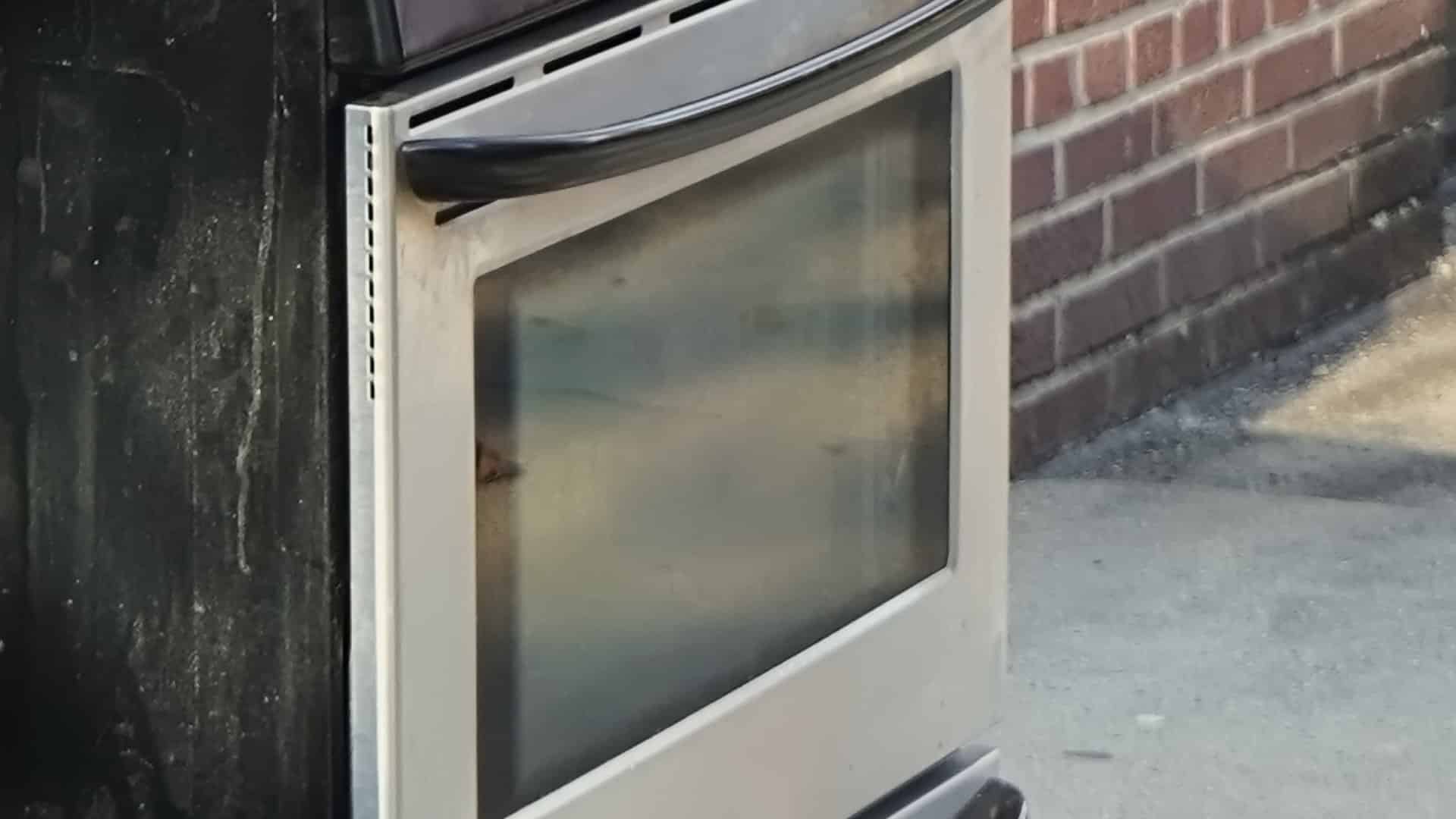
Self-Cleaning Oven Smell: Causes & Odor Reduction Tips
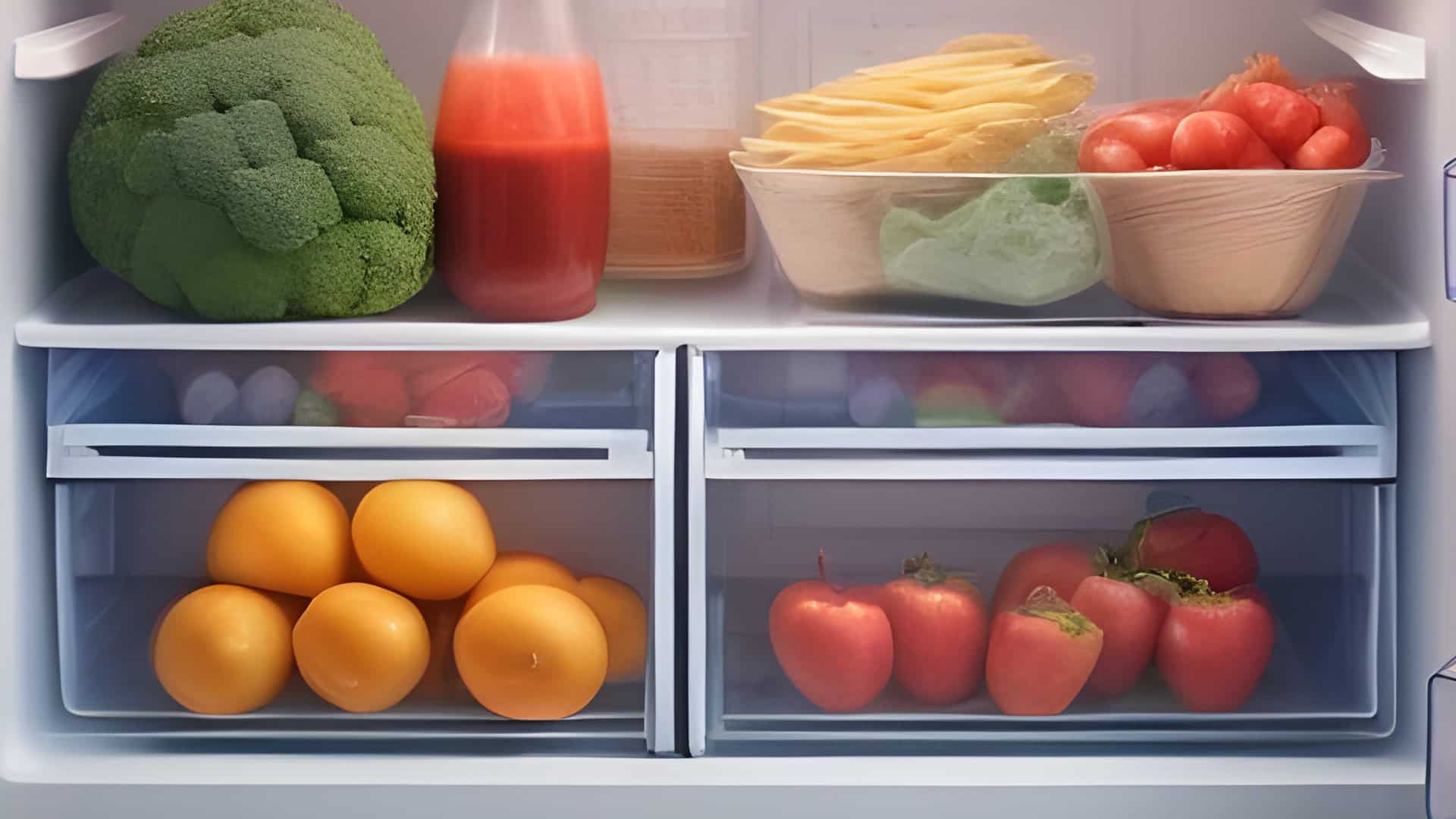
Frigidaire Ice Maker Not Working? 7 Ways to Fix It
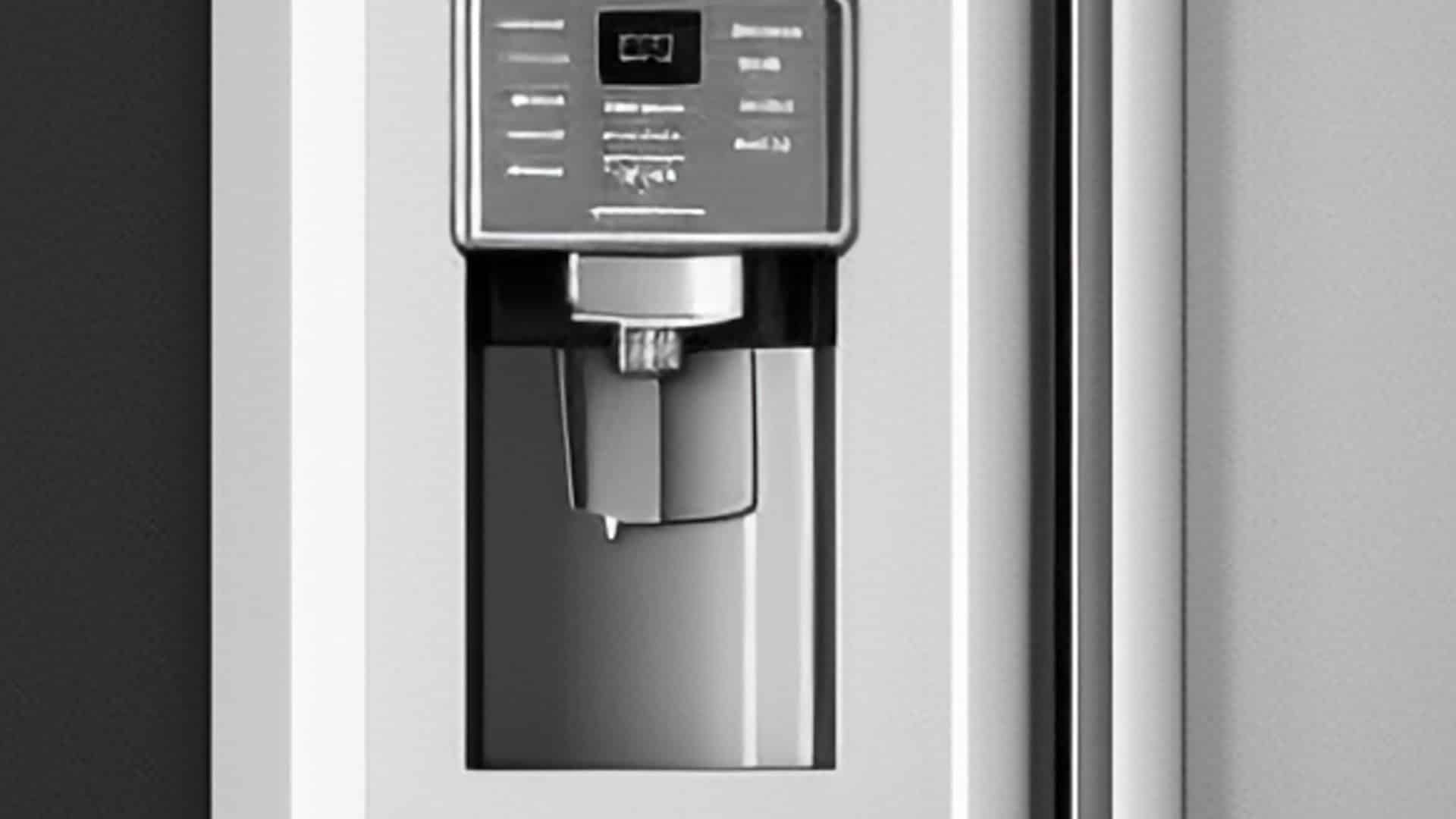
Why Is Your LG Refrigerator Not Cooling? (9 Common Reasons)
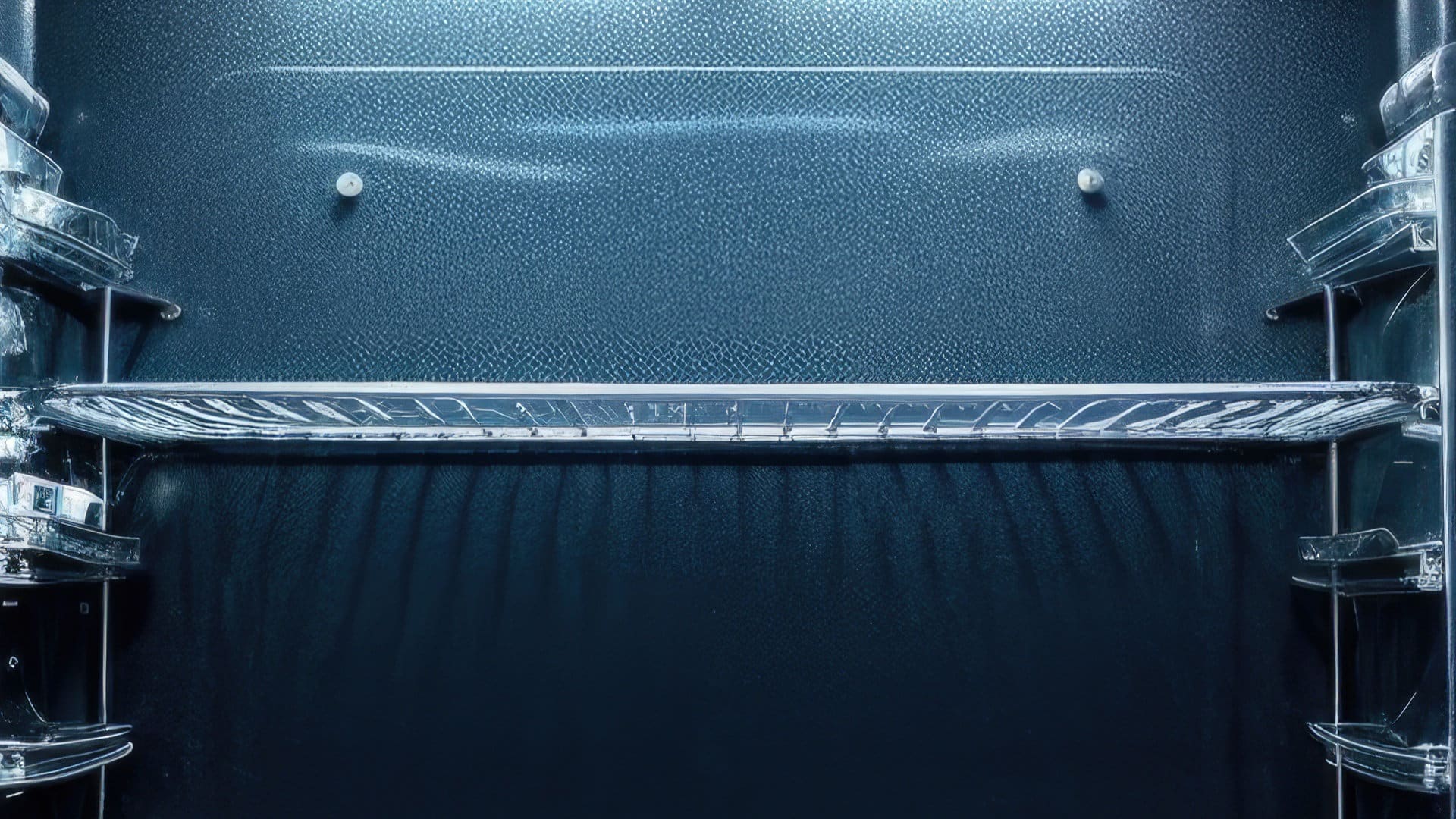
GE Oven F2 Error: Causes & Solutions
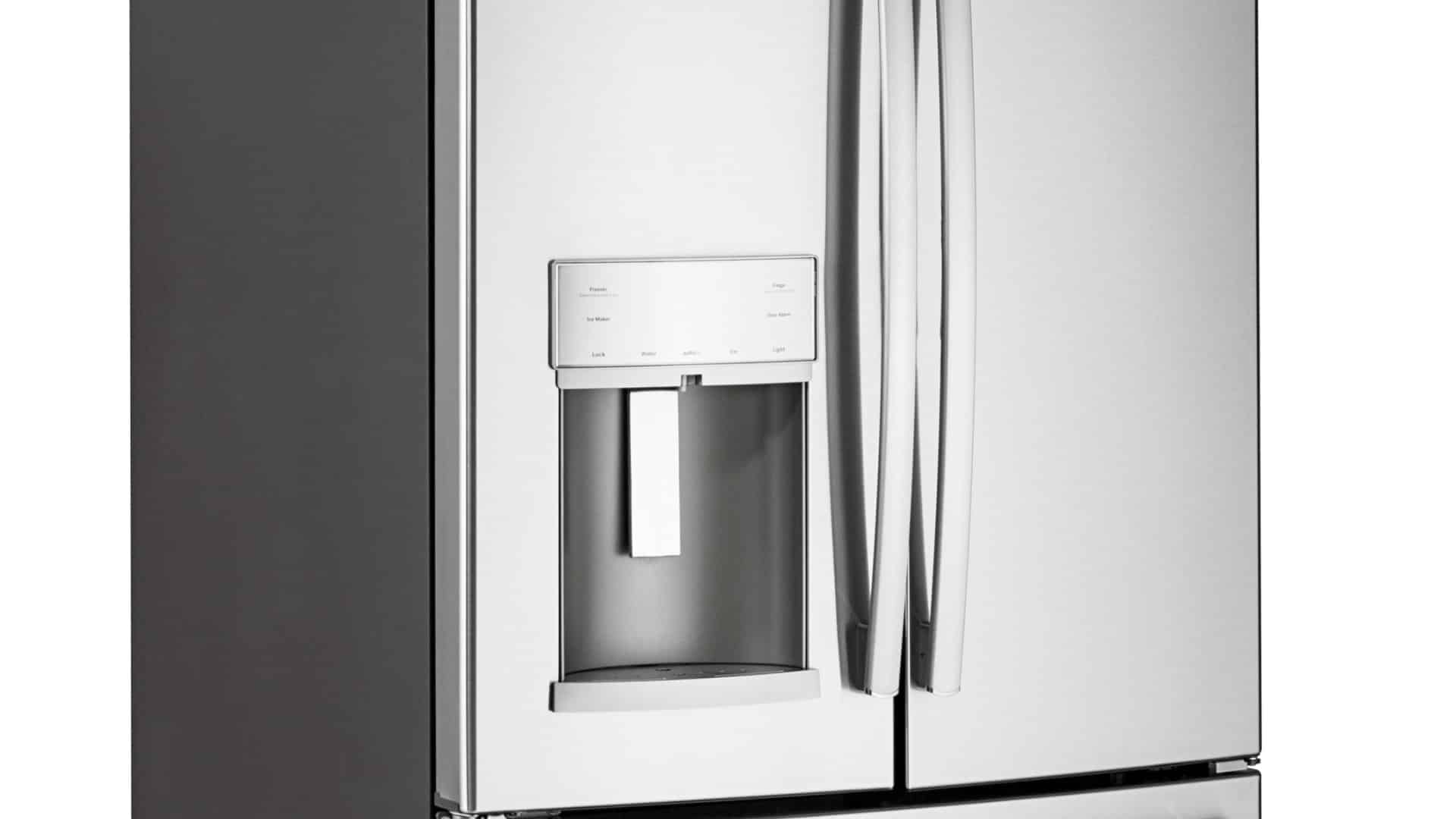
How to Reset the Water Filter Light on a Samsung Refrigerator
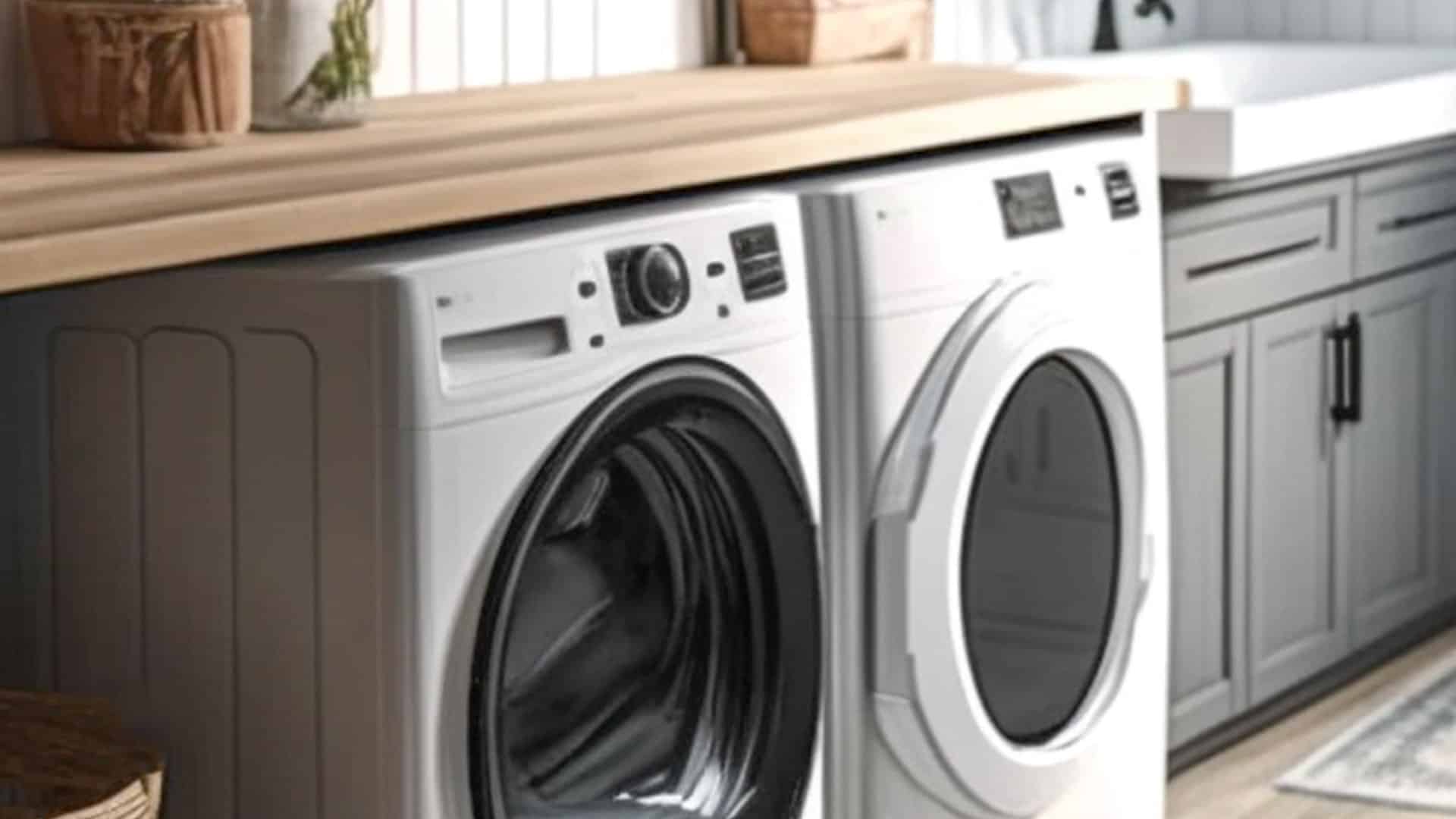
Maytag Washer Showing F5 Error Code? Here’s What To Do
